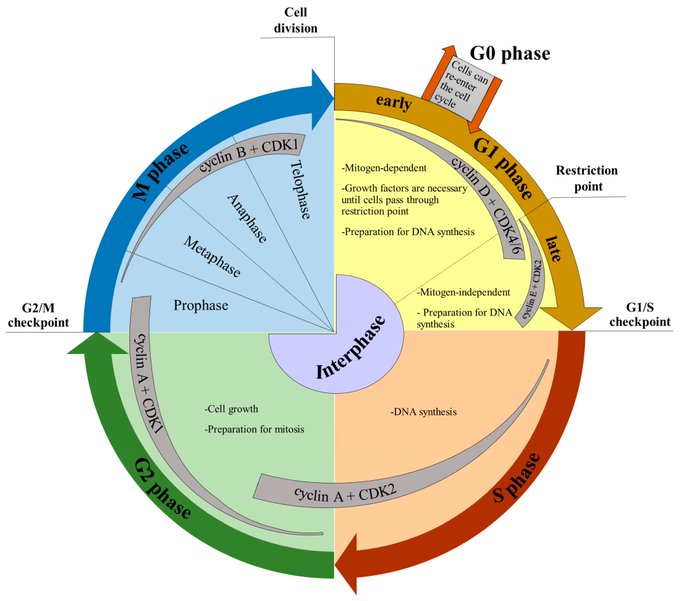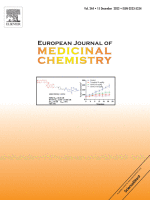Frydrych Ivo Ph.D.
Journals
Lupane derivatives containing various aryl substituents in the position 3 have selective cytostatic effect in leukemic cancer cells including resistant phenotypes.
European Journal of Medicinal Chemistry.
2022,
244,
114850,
ISSN: 0223-5234,
PMID: 36283179,
Books & book chapters
Reporters based on luminescence or fluorescence detection ,
1.vyd.,
Olomouc,
Palacky University,
2021,
20,
147-152,
Dedication: LO1304,
ISBN: 978-80-244-6049-9,
Cell cycle analysis by flow cytometry ,
1.vyd.,
Olomouc,
Palacky University,
2021,
26,
193-200,
Dedication: LO1304,
ISBN: 978-80-244-6049-9,
Intellectual property
METHOD OF PREDICTING THE TUMOR RESPONSE TO DNA METHYLATION INHIBITORS AND ALTERNATIVE THERAPEUTIC REGIMENS FOR OVERCOMING RESISTANCE (Khushboo)
- Patent appl. EP 14161897.5 (ASH1L); Patent: EP 2924125; Granted: 17.6.2017; Ownership: Palacky University Olomouc; Inventors: Agrawal Khushboo, Frydrych Ivo, Džubák Petr, Hajdúch Marián
- Patent appl. EP 16158309.1 (JQ1) [divisional]; Patent: EP 3042650; Granted: 14.5.2020; Ownership: Palacky University Olomouc; Inventors: Agrawal Khushboo, Frydrych Ivo, Džubák Petr, Hajdúch Marián
- Published Application PCT/CZ2015/000029 under WO 2015/144102 (1.10.2015)
- Patent appl. EP 15717786.6 (BRD4); Patent: EP 3122902; Granted: 16.5.2018; Ownership: Palacký University Olomouc; Inventors: Agrawal Khushboo, Frydrych Ivo, Džubák Petr, Hajdúch Marián
- Published Application US 15/128,390 under US 20180251847 (6.9.2018)
- Patent appl. JP 2016-559355 (BRD4); Patent: JP 6463372; Granted: 11.1.2019; Ownership: Palacký University Olomouc; Inventors: Agrawal Khushboo, Frydrych Ivo, Džubák Petr, Hajdúch Marián
Status: Available
TRITERPENES WITH INHIBITORY ACTIVITY ON THE HEDGEHOG SIGNALING PATHWAY FOR USE IN THE TREATMENT OF CANCER DISEASES (Urban)
- Priority Application: PV 2022-277. Filed: 21.6.2022. Inventors: URBAN Milan, FRYDRYCH Ivo, BORKOVÁ Lucie, VRÁNOVÁ Barbora, HAJDÚCH Marián. Ownership: Palacký University Olomouc.
Status: Patent pending; Available
Master mentorship
Reiterová Ivana
Preparation of cell-based reporter assay for high-throughput screening of small molecules as potential receptor for advanced glycation endproducts inhibitors
Status:
Graduated from 2015 to 2017.
Bachelor mentorship
Pitnerová Monika
Targeting Hedgehog signaling by betulinic acid derivatives
Status:
Ongoing from 2021.
Open positions
| Project: | The role of non-enzymatic glycation in inflammation and aging |
|---|---|
| Supervisors: | Frydrych Ivo Ph.D. |
| Available: | 2 |
| Intended for: | Doctoral training |
| Summary: | Glycation is one of the endogenous aging mechanisms that occurs spontaneously with time, but also in a pathological manner during diabetes, renal failure, and inflammation. Advanced glycation end products (AGEs) are non-enzymatic modifications of proteins or lipids after exposure to sugars. The accumulation of glycated macromolecules is a hallmark of aging both in humans and experimental animals. RAGE is the best-characterized cell surface molecule that recognizes AGEs. The interaction between an AGE and its receptor alters cell and organ functions mainly through inflammatory molecules, leading to aging. RAGE regulates a number of cell processes of crucial importance such as inflammation, apoptosis, ROS signalling, proliferation, autophagy, and aging. RAGE thus represents potential for research and development of diagnostic and therapeutic strategies. Although there were several small molecular RAGE inhibitors described in the literature, they mostly have not shown proof-of-concept therapeutic potential, and thus, there is still potential for future developments in the field. This topic will be focused on the investigation of compounds from IMTM chemical library as potential inhibitors of RAGE receptor. |




